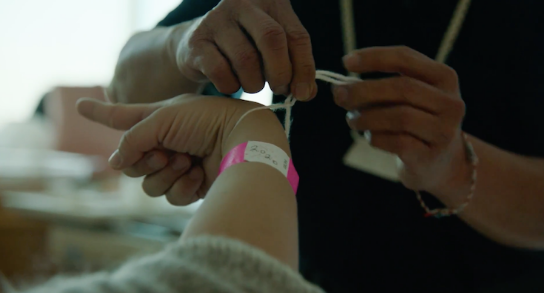When your culture doesn't believe in medicine, how can a hospital bridge that gap and provide health care when you really need it? That was the Hmong community's dilemma when they resettled in Merced, California. Originally from the rural mountains of southeast Asia, the Hmong mainly worked as farmers before getting caught in the crossfires of the Vietnam War. With the death toll rising, the Hmong were forced to flee to countries such as Thailand, France, and the United States.
Mercy Medical Center also initially wasn't aware of the practices of the Hmong shamans. For example, they didn't know that shamans tie a string around the wrist of the patient to keep bad spirits away, and, not knowing its meaning, some hospital staff would cut it off.
"We wanted to bring the shaman into the hospital because we understand that healing is looking at the person as a whole," says Janice Wilkerson, mission integration director at Mercy Medical Center. "It's about body, mind, and spirit."
The shamans are taught how a hospital functions, and in turn, the shamans expose the doctors more about their culture. "To learn more about the traditional belief, the spiritual healer, to listen to them, to see how they do it, how do they help the patient," adds Palee Moua, director of S.E.A. engagement.
To read more of Dignity Health's article, please click here.



Comments (0)